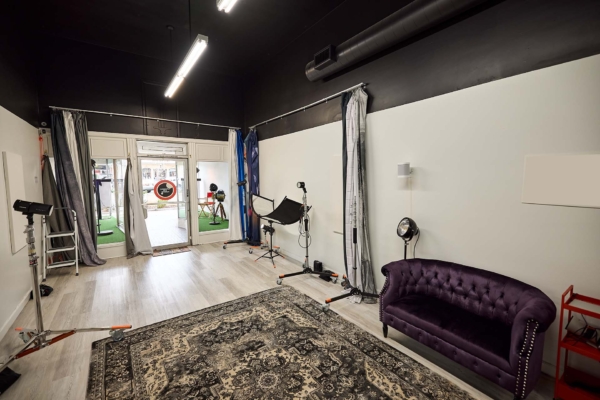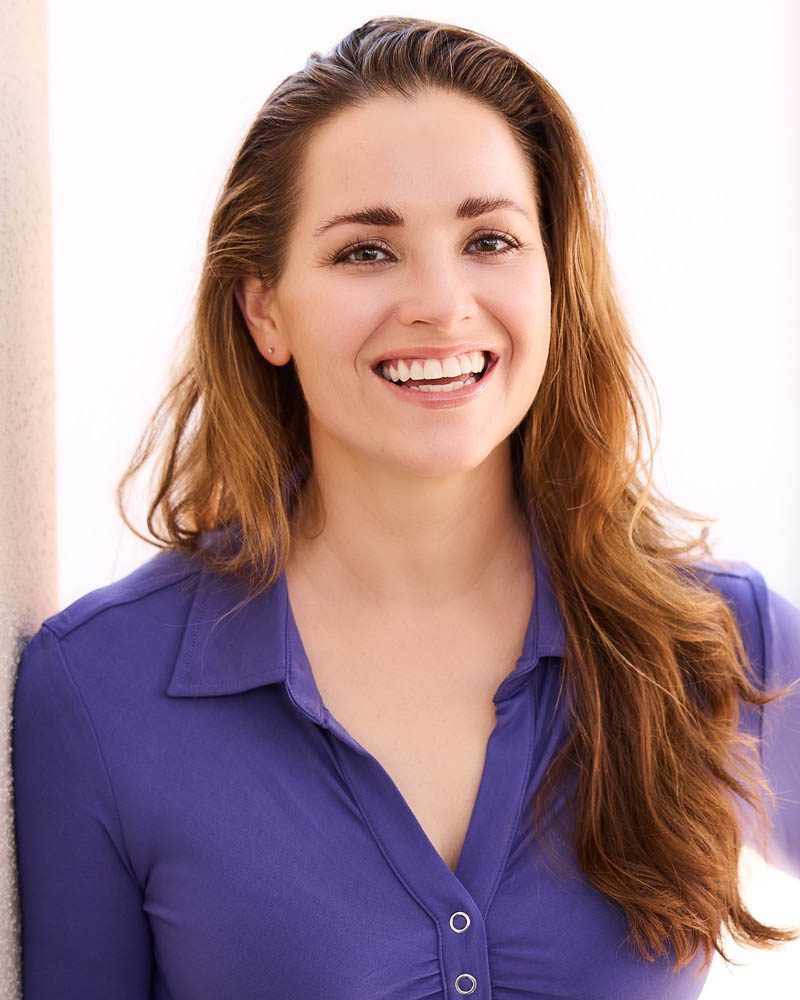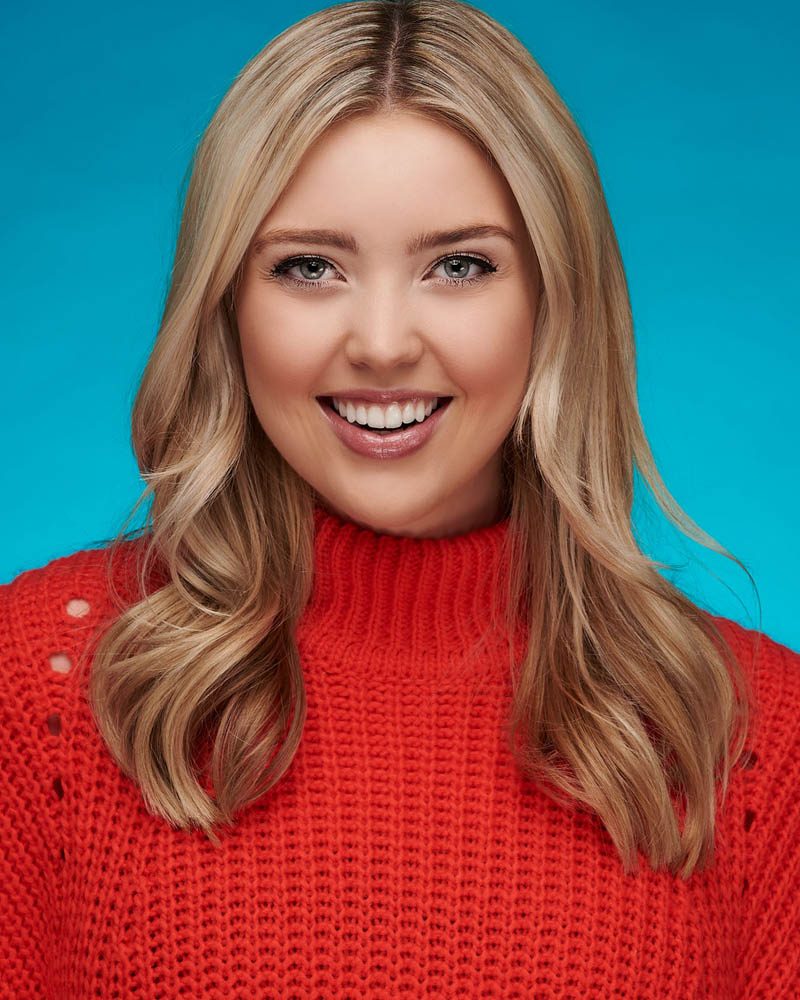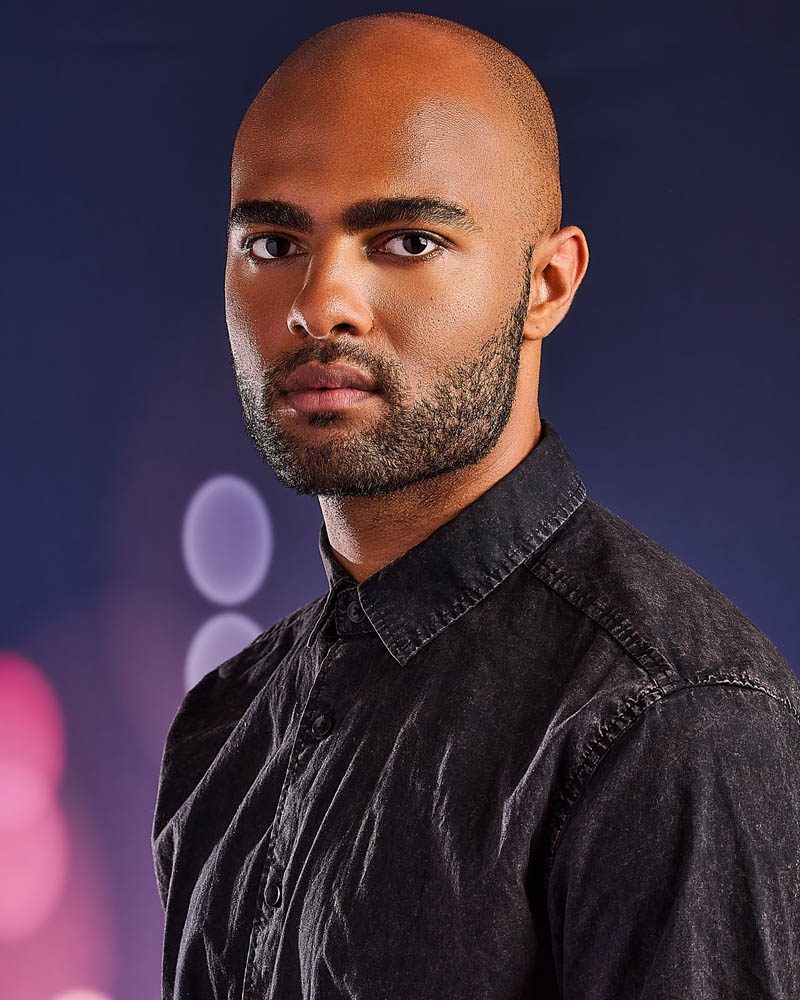So, with a commercial look headshot, you can use it for theatre, film, TV, or commercials to go after roles that need a happy, approachable looking person. Meanwhile, you can use your theatrical look to submit for theatre, film, TV, or commercials wanting a dramatic person for that cop, villain, and other more serious or cinematic roles.
Have You Worked with Many Actors Before?
Experience does matter. The more varied experience a photographer has, the more problem-solving they can do. Often, photography is about problem-solving. So, ask about their experience with actors. But even experience outside of actors is good to have.
If they do headshots for other professions, this can be helpful. For example, if they do headshots for corporate teams, this knowledge can transfer to that commercial look you want where you want to appear as a businessperson yourself. The same can be said if they do lifestyle photo shoots, which can translate to how they manipulate environmental conditions.
Still, they should also have a lot of specific experience working with actors. This can include asking them if the actors that have come through have come back for more headshots or if they have been cast or later been agent represented. Most actor headshot photographers will know about at least some of the successes of some actors they have shot with.
What Should I Bring to a Headshot Shoot?
Most of the time this is about what you should wear for a headshot session. There are a lot of considerations here. Much of it depends on how general or how specific you want to be.
Usually, you want to have general looks that are applicable to many roles. So, vibrant, and solid colors are good. Clothing that is not overly busy is too – no logos or few logos, avoid busy stripes and patterns, and so on. The busier your outfit, the more time a viewer might spend looking at it instead of your face or vibe.
Many actors also want to get very specific to go after very specific roles. It is likely not uncommon for headshot photographers to have worked with actors that are dressed as a doctor, police officer, and so on because they have success with such roles and want to continue it. Or they believe they will have success there and want to pursue it. So, getting very specific is sometimes an option, though it is likely best as secondary shots and not your primary ones.
Can I See Example Photos and Pricing?
Eventually, when you are considering a photographer, you will need to vet their work and pricing. Verifying their work should include viewing a portfolio or gallery of example headshots. You should also read reviews online about the photographer, which should of course be good reviews.
As for pricing, this is important to get clear. There is no standard and costs and what is included in such costs can vary quite a bit from photographer to photographer. So, ask if they have different sessions and how much each session is. Ask what each session includes. This can mean how many photos will be provided and in what format? Get specific about the format – are they high resolution print-quality digital files or low-resolution JPEG files? Ask about turnaround time – how long will it take to get the photos?
Is Retouching Included, and Okay?
Retouching is one of those words in actor headshots that can be frowned upon. However, this is usually bad advice. Any headshot can benefit from retouching. Part of the concern stems from a misperception that retouching means changing your look – such as making you look slimmer or adding weight, or removing moles or scars, and so on.
Changing how you look is not a good idea. It is advised that you look in your headshots close to how you would look when you arrive at a casting. In this way, you do not misrepresent who you are. So, when retouching, this should mean sticking to things that do not change your essence but still improve your image. This can include flyaway hairs, a pimple that would be gone in a week anyway, some lint on your shirt, and so on. So, yes, retouching is good. Ask your photographer about their approach and if it is included in a session. Some photographers do not offer it or offer it for an added cost.
The list of questions could go on and on. But these basic questions should help you get answers that are helpful to finding a good photographer. Ultimately, this means setting yourself up for the best opportunities for success in being an actor in Los Angeles or beyond.

